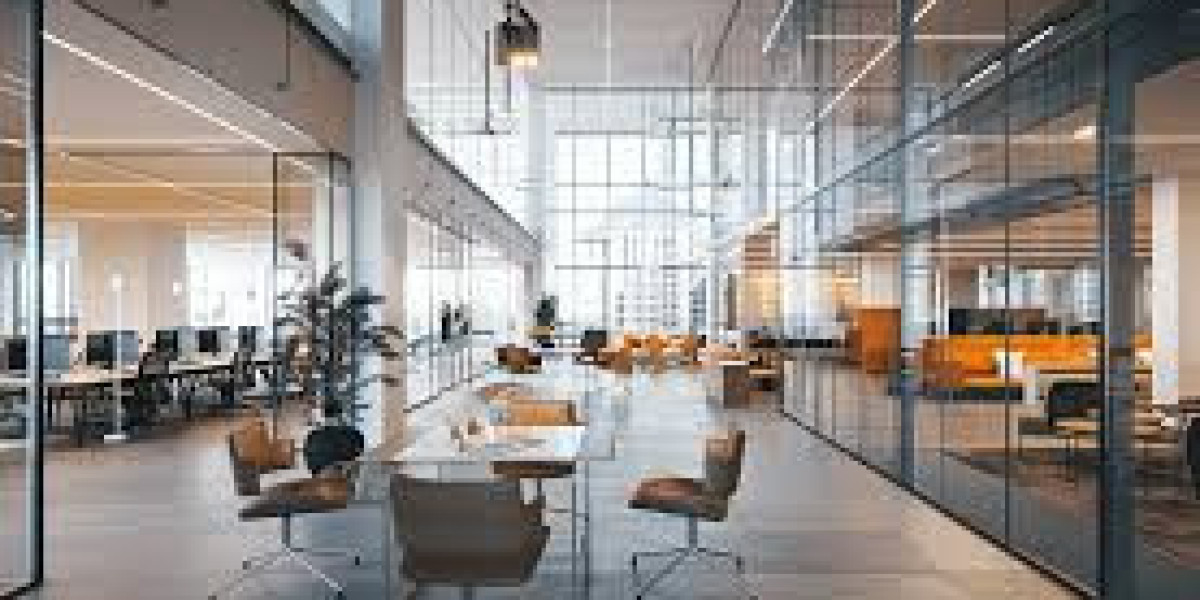Creating Flexible Spaces
Office partitions serve as versatile tools for creating flexible spaces within a larger office layout. Unlike permanent walls, partitions can be easily reconfigured or moved to adapt to changing needs and team dynamics. This flexibility allows organizations to optimize their use of space efficiently, whether it's creating private offices, open collaborative areas, meeting rooms, or quiet zones for focused work.
For example, modular partitions with acoustic properties can be used to create soundproof meeting rooms where confidential discussions can take place without distractions. At the same time, transparent or semi-transparent partitions can define collaborative areas while maintaining a sense of openness and visibility across the office floor.
Fostering Collaboration and Interaction
While ensuring privacy remains crucial, it's equally important to encourage collaboration and interaction among employees.Office partitions are designed to strike a balance between creating separate spaces and maintaining an open and communicative environment. By strategically placing partitions, organizations can encourage spontaneous interactions and teamwork while still providing employees with the privacy they need for concentrated work.
Collaborative spaces defined by partitions can facilitate brainstorming sessions, team meetings, and project discussions, promoting creativity and idea-sharing among colleagues. The ability to customize these spaces with movable partitions enables teams to adapt the layout according to the specific requirements of each project or task, fostering a dynamic and collaborative work culture.
Enhancing Privacy and Concentration
In today's open-plan office settings, maintaining privacy and minimizing distractions are essential for employee productivity and well-being. Office partitions play a crucial role in creating designated areas where employees can work without interruptions or disturbances. This is particularly important for tasks that require deep concentration or confidentiality.
Partition options range from fully enclosed pods or booths for focused individual work to semi-open cubicles with higher partitions that provide a sense of seclusion while still allowing for easy communication with nearby colleagues. The design of these partitions often incorporates acoustic materials to reduce noise levels, ensuring a quieter and more conducive environment for work that demands concentration.
Supporting Agile Work Practices
The rise of agile work practices, characterized by flexibility, collaboration, and mobility, has further highlighted the importance of adaptable office partitions. Agile teams often require spaces that can be quickly reconfigured to accommodate changing project needs and team compositions. Portable partitions on wheels or sliding partitions allow companies to transform open areas into project-specific workspaces or temporary meeting rooms as needed.
Moreover, office partitions can facilitate hybrid work arrangements by providing employees with flexible options for both in-office and remote work. For instance, mobile workers who visit the office occasionally can utilize shared spaces defined by partitions to conduct meetings or collaborate with colleagues, maintaining productivity regardless of their physical location.
Incorporating Design and Aesthetics
Office partitions go beyond mere functionality; they also enhance the overall design and aesthetics of modern workplaces.They can be customized to complement the company's branding, interior décor, and architectural style, creating a cohesive and visually appealing environment. Partitions come in a variety of materials, finishes, and colors—from sleek glass panels that reflect natural light to fabric-covered panels that absorb sound and add warmth to the space.
Strategic use of partitions can also help define the flow and circulation within the office, guiding employees through different zones while maintaining a sense of continuity and connectivity. By integrating partitions into the design concept, companies can enhance the overall ambiance of the workspace and create an inviting atmosphere that promotes employee satisfaction and engagement.
Conclusion
In conclusion, office partitions play a pivotal role in modern workplace design by enhancing privacy, fostering collaboration, supporting agile work practices, and contributing to the aesthetic appeal of office environments. As businesses continue to prioritize flexibility, productivity, and employee well-being, the strategic use of partitions allows them to create dynamic workspaces that adapt to evolving needs and promote a culture of innovation.
By investing in versatile partition solutions, organizations can optimize space utilization, improve acoustic comfort, and provide employees with the flexibility to work efficiently and collaboratively. As a result, office partitions emerge not just as physical dividers but as strategic tools that enable businesses to achieve their goals in an ever-changing business landscape.





